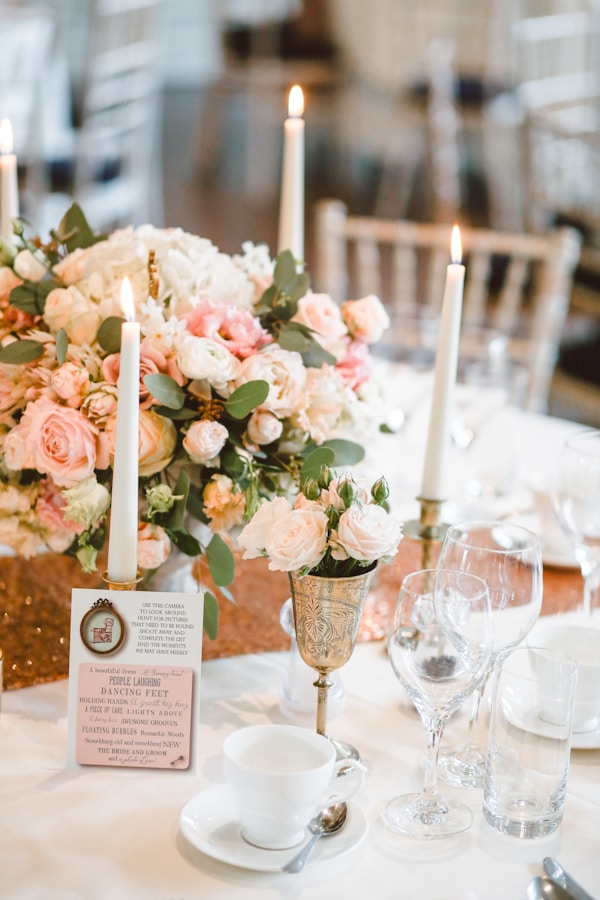Discover the Best Methods to Achieve a Structured Yet Comfortable Wedding Dress
Introduction
Your wedding day is one of the most significant occasions in your life, and choosing the perfect wedding dress is a fundamental part of that experience. However, brides often face a dilemma: how to achieve a structured silhouette while ensuring comfort throughout the event. In this article, we will explore the methods used to create a structured yet comfortable wedding dress, providing insights and tips for brides-to-be. We will delve into various aspects such as fabrics, designs, and construction techniques, helping you make the informed choice for your special day.
Understanding the Balance Between Structure and Comfort
A wedding dress needs to strike the perfect balance between looking stunning and feeling comfortable. The following methods have been widely adopted by designers to meet this demand:
| Method | Description |
| Fabric Selection | Certain fabrics provide structure while ensuring breathability and softness. |
| Boning | Strategically placed boning can add structure without restricting movement. |
| Layering Techniques | Using layering allows for a visually appealing silhouette while keeping comfort intact. |
| A-Line Silhouette | This silhouette provides a natural flow, enhancing comfort and structure. |
| Custom Fit | A professionally tailored dress offers an unmatched blend of comfort and structure. |
1. Fabric Selection
The choice of fabric plays a crucial role in dictate the dress's comfort and structure. Lighter materials like chiffon and tulle offer breathability but may lack the structure needed for grandeur. Conversely, fabrics like satin and organza provide a more rigid form yet can be uncomfortably stiff. Here are some fabric options you may consider:
- Satin: Known for its rich luster and elegant finish. It holds shape well while providing comfort with a smooth touch.
- Tulle: This lightweight netting adds volume and can be layered without sacrificing comfort.
- Crepe: This stretchy fabric drapes beautifully and allows for ease of movement, creating a structured yet soft appearance.
- Organza: A stiffer choice that creates fullness without heavy bulk, ideal for structured skirts.
2. Incorporating Boning
Boning is a technique commonly used in wedding dress construction to achieve structure in a design. Boning helps define the bodice, providing support to keep the dress in place without sacrificing comfort. Here’s how you can best utilize boning:
- Placement: Properly placed boning along the sides, back, or front of the bodice offers structure that supports the dress without being restrictive.
- Material: Plastic or steel boning offers different levels of flexibility and firmness; experimenting with these materials is essential to find your comfort zone.
3. Layering Techniques
Layering can drastically enhance the structure of a wedding dress while ensuring comfort. By employing various textiles and designs, layers can create visual interest without bulk. Consider these layering methods:
- Underlays and Overlays: An underlay of soft fabric can be paired with a more structured overlay, generating a unique silhouette.
- A-Line Construction: This classic style flares out gently from the waist, allowing for elegant movement.

4. The A-Line Silhouette
The A-line silhouette is a timeless choice that provides structure while remaining comfortable. This shape complements various body types and allows for easy movement throughout the day. Here’s why this style is popular:
- Flattering Fit: The gradual flow from the bodice to the skirt balances proportions beautifully.
- Versatile Designs: A-line dresses can be made with various fabrics and embellishments, offering choices for every bride’s vision.
5. Importance of a Custom Fit
Finally, securing a dress tailored specifically for your body can dramatically enhance both comfort and structure. A custom fit ensures that the dress hugs your curves in the right areas, providing support as well as freedom to move. Here are the benefits:
- Personalization: Create a one-of-a-kind dress that reflects your style and fits impeccably.
- Enhanced Comfort: A tailored dress allows for movement, preventing restrictions during your memorable moments.
Conclusion
When selecting your wedding dress, it’s essential to consider how to achieve that fine balance between structure and comfort. The methods discussed in this article, including fabric selection, boning, layering techniques, the A-line silhouette, and the importance of a custom fit, are key considerations in your wedding dress journey. Remember, your wedding day is a celebration of love, and feeling comfortable in your dress will allow you to enjoy every moment without concern. Be sure to explore these options and involve a professional to help guide your choices to ensure that you look stunning while feeling absolutely fabulous.
Final Tip: While searching for your dream dress, keep in mind the importance of trying on multiple styles and being open to various fabrics. Always prioritize your comfort alongside the aesthetics; after all, nothing compares to the joy of a confident bride on her wedding day.